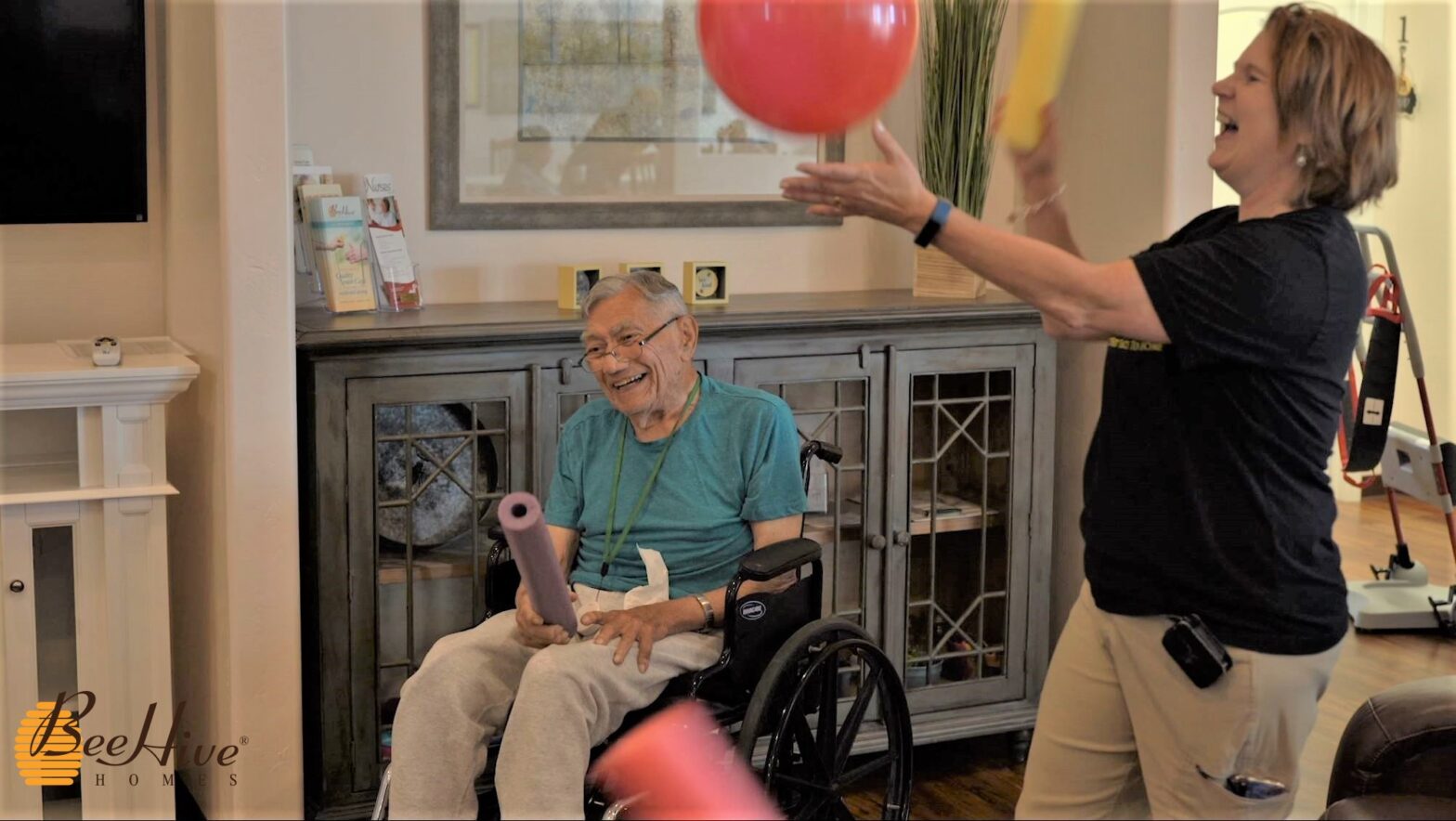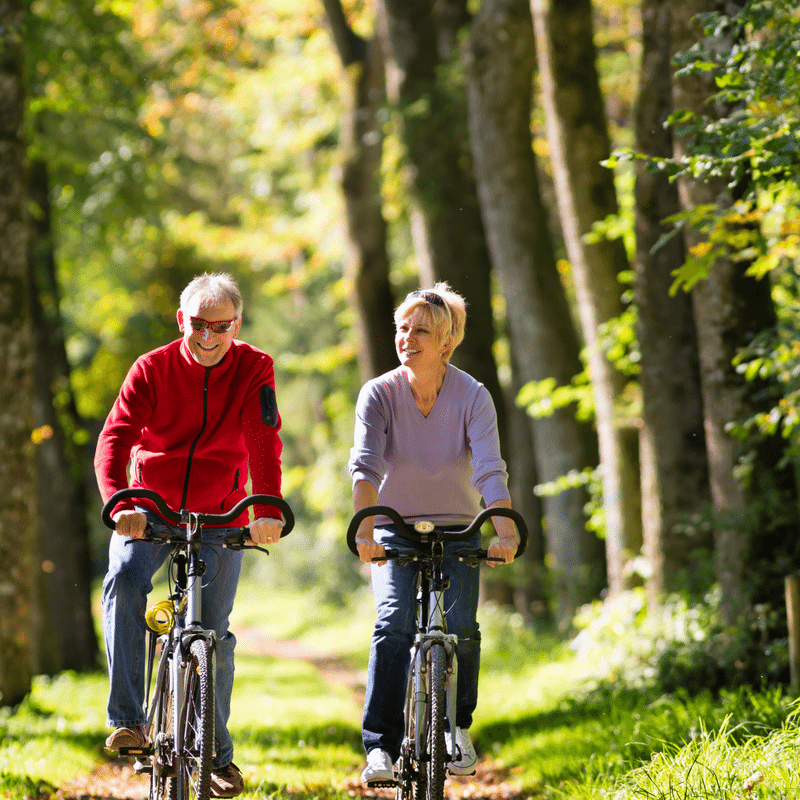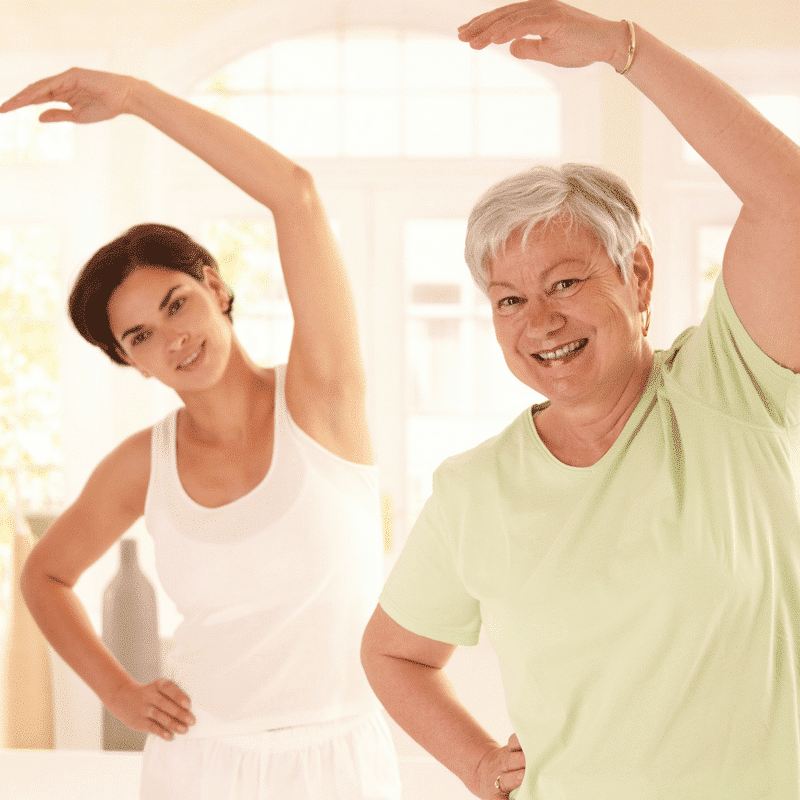Are you staying active as you age? Being physically fit is emphasized as important all throughout our formative years. Schools generally have Physical Education (PE) courses, colleges have gyms and sports teams, women and men of child-bearing age are encouraged to be active and have gym memberships. Much is said about how exercise will make one feel healthier, happier and improve the quality of life. But what about in later years of life? Not much is said about physical fitness in the golden years. Physical fitness has a positive impact on people both physically and mentally. Let’s discuss the physical impact first.
Physical Benefits
Those who are active with their bodies realize tremendous physical benefits. Range of motion is improved. Sometimes things are blamed upon aging which could simply be the result of not remaining active. Rising from a sitting to a standing position, for instance. This range of motion can most times be improved through remaining active. There are some instances when there are genuine medical problems that might inhibit free movement in this manner, and if this is the case, it’s prudent to get a medical opinion and ask for exercises from a physical therapist. But in almost all circumstances, range of motion will be improved by remaining active.
Another area positively affected by physical fitness is your bone density. Exercise can halt or ward off osteoporosis and keep your bones as healthy as they can be. Again, speaking with a physician about the effect of exercise and which ones would be appropriate would be the best course of action. Muscle strength and tone, endurance and lung capacity, all of these things can be positively affected by staying active and having a bit of a fitness routine.
Emotional and Mental Benefits
Physical fitness does not just affect your physical body, however. When a person is involved in exercise, endorphines are released into the brain. Endorphines are chemicals in your body that can not only trigger positive feelings, but they can also reduce feelings of pain. Both of these benefits would be of great help to anyone who is aging.
So why don’t the elderly exercise more? Many times it begins with inertia. If one has been inactive for a long period of time, it is very difficult to start being active again. Sometimes it begins simply enough with the belief that “we’ve certainly earned a break,” and afterwards it’s difficult to make a start again. Finding the energy to begin again, even in small steps, will definitely be worth the effort.
Once you become active, however, staying active is key. It is much easier to continue something than to start from scratch. Some older people are also afraid of becoming active, especially if they’ve had an injury in the past. This is understandable. However, if you speak with your physician, they should be able to guide you to exercises that are appropriate for you and for your specific concerns. Inactivity is simply not healthy for humans. A number of diseases and disorders can be linked with inactivity. Appropriate activity is healthy and desired in these circumstances. High impact or rough activities are not necessary to gain all of the health benefits that accompany an active lifestyle. Walking, stretching and even doing some chores and housework can keep you feeling your best.
Physical fitness is very important to all of us, regardless of age. You’ll find yourself healthier physically and mentally by taking care to make it a priority in your life, even in your golden years!




1 comment